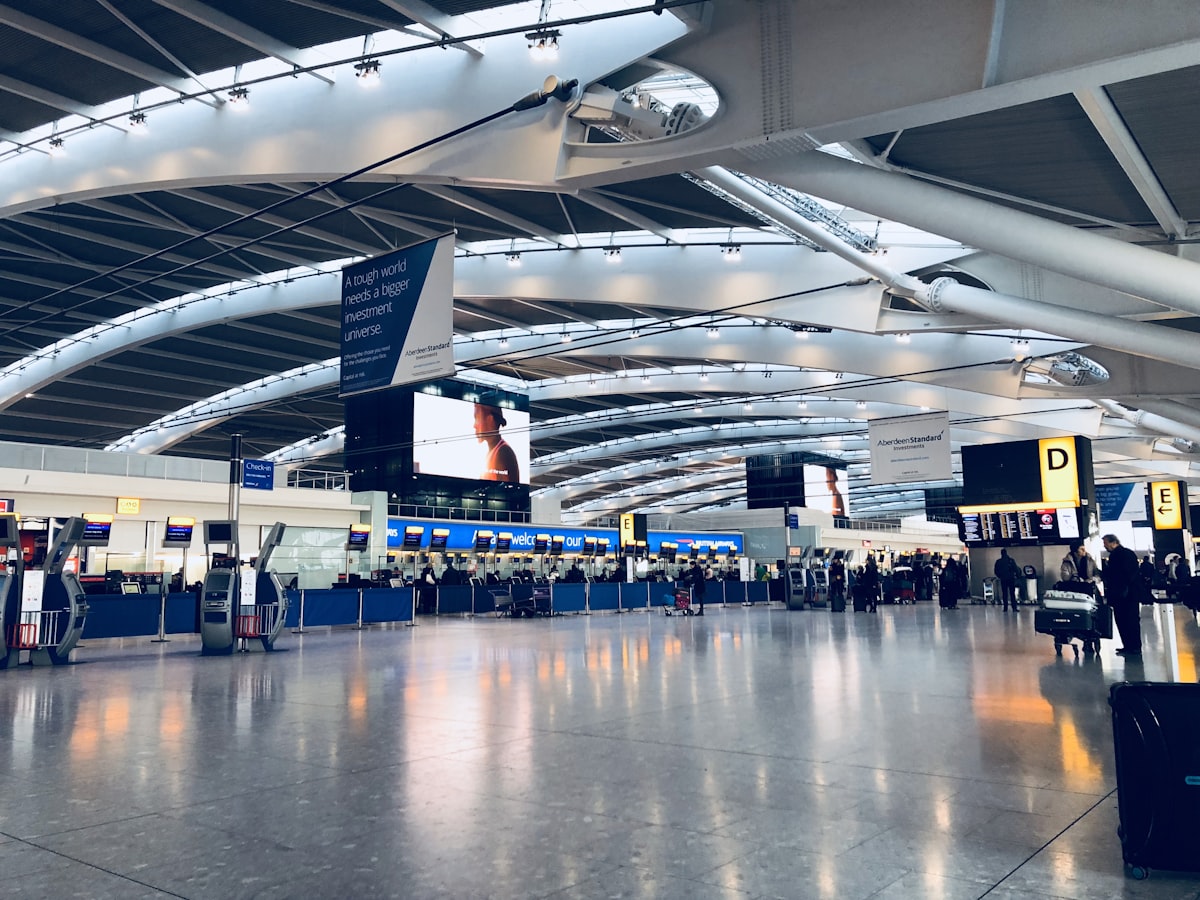The B-2 Bomber Interior: A Glimpse Inside the Stealth Machine
When we think of the B-2 Spirit, our minds often jump to its distinctive flying wing silhouette. Yet, within its sleek exterior lies an interior that’s both stark and highly specialized. Built for stealth, its design emphasizes functionality. The B-2’s interior reflects this mission specificity.
Cockpit Design and Layout

The B-2 cockpit accommodates a pilot and a mission commander. Unlike conventional civilian aircraft, the cockpit is compact. It’s streamlined for mission efficiency. Each seat rests within an arm’s reach of vital controls and instruments. This positioning ensures that both crew members can rapidly respond during flights.
The interior features advanced avionics, but the layout remains intuitive. Touchscreens now complement traditional switches and dials, a nod to technology’s advancement. Despite the high-tech surroundings, redundancy ensures that if digital systems fail, analog backups offer reliability. The focus is always on simplicity and effectiveness under pressure.
Cabin Environment
Unlike commercial airplanes, the B-2’s cabin lacks passenger comforts. Every detail prioritizes stealth operations over leisure. Temperature and pressurization systems provide comfort for extended missions, but luxury isn’t the goal. Storage is minimal, with space primarily for mission-critical equipment.
The cabin’s environmental controls allow long missions without compromising crew effectiveness. The air system filters ensure a clean and controlled environment, necessary for the high altitudes the B-2 operates at. This contributes to sustained crew alertness over hours of combat operations.
Navigation and Communication Systems
The heart of the B-2’s strategic advantage lies in its navigation and communication technologies. Advanced systems guide the bomber across continents undetected. The internal electronics suite is extensive. It manages everything from in-flight adjustments to real-time mission updates.
Communications adopt a multifaceted approach—secure and reliable. The systems ensure constant connection with command and other aircraft. The digital integration within the B-2 allows quick data sharing. This connectivity enhances both navigational accuracy and operational efficiency.
Stealth Features and Material Use
Stealth capabilities begin inside, with the choice of building materials. Radar-absorbing composites form parts of the interior structure. This material use extends invisibility beyond the skin of the aircraft. Inside and out, each part contributes to the overall stealth objective.
The insulation within walls serves dual purposes: maintaining interior temperature and reducing sound signature. Sound-dampening materials strategically placed minimize noise escape. Such attention to detail ensures that the B-2 remains elusive, even at closer ranges.
Weapons Systems Control
Although the B-2 is not merely a flying bomb bay, its interior emphasizes weapons control. The flight deck hosts systems for managing the bomber’s armament. Pilots control payload deployment from specially designed consoles. The arrangement allows precise release to match mission demands.
The weapons bay, located centrally in the aircraft, remains out of direct cockpit sight. Instead, camera systems relay necessary visuals back to the crew. These views allow real-time monitoring without compromising the bomber’s crucial silhouette.
Survival Systems
In the event of emergencies, survival systems are in place. Ejection seats offer one line of escape, although rarely used, they are meticulously maintained. The inclusion of personal survival kits ensures the crew can manage post-ejection situations.
Onboard systems provide decompression protection, essential for high-altitude operations. Despite its focus on stealth and offense, the B-2 never compromises on crew safety. This commitment stems from extensive training and readiness protocols. Crews trust their ability to handle potential in-flight crises.
Crew Psychology and Ergonomics
Long missions demand attention to crew comfort and alertness. Ergonomics plays a role in the seat and control layout, reducing physical strain. Seats have adjustable elements to suit varied body types, crucial for long periods aloft.
The cockpit lighting offers flexibility, switching from standard to red-light for night operations. This adaptability ensures night vision is not impaired, crucial for nocturnal missions. Subtle design elements cater to psychological well-being, allowing focus amid tense environments.
Operational Training Environments
Pilot training emphasizes the interior’s mission functionality. Simulators replicate the B-2’s cockpit and systems intricately. Familiarity with every switch and display transition is vital before entering the actual aircraft. Training ensures intuitive operations and rapid adaptation to real-flight scenarios.
Mission rehearsals incorporate full-mission profiles that test every aspect of the bomber’s interior systems. Pilots and mission commanders possess extensive knowledge of every detail through repetition. This extensive preparation maximizes mission success and operational safety.
The Hidden Complexity
While the exterior of the B-2 may capture attention, its true prowess hides within. The interior, through its complexities and technologies, supports stealth and strike capabilities seamlessly. The B-2’s design isn’t a random assortment of controls and tech. It reflects decades of innovation and strategic thought, ensuring it remains at the forefront of aerial warfare.
Recommended Aviation Gear
David Clark H10-13.4 Aviation Headset – $376.95
The industry standard for aviation headsets, trusted by pilots worldwide.
Pilots Handbook of Aeronautical Knowledge – $25.42
The official FAA handbook – essential reading for every pilot.
As an Amazon Associate, we earn from qualifying purchases.

Subscribe for Updates
Get the latest articles delivered to your inbox.
We respect your privacy. Unsubscribe anytime.